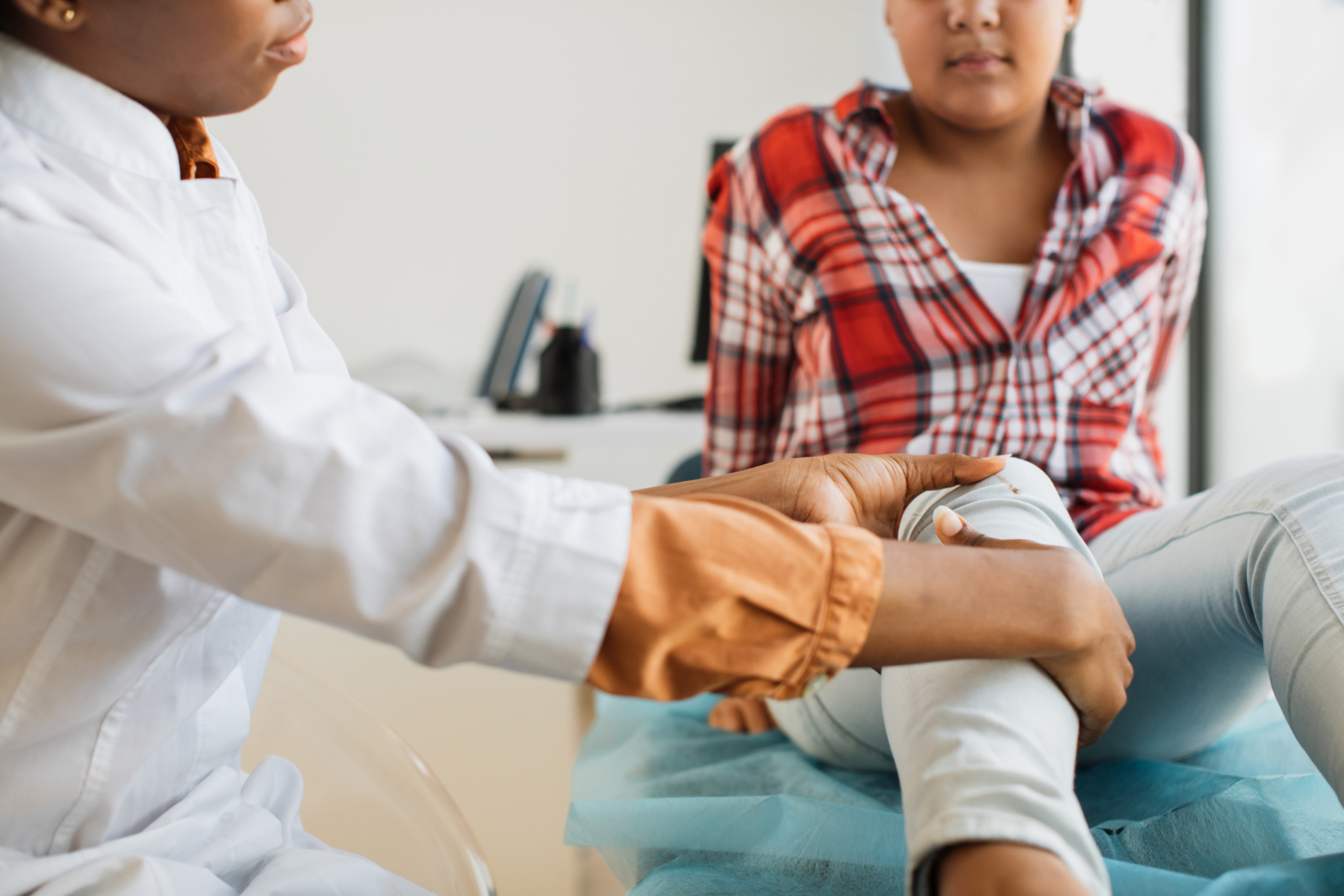
AUSTIN, Texas — The price tag for making hospital emergency departments ready to provide basic care to children is minimal — ranging from just $4 to $48 per patient — while significantly improving survival rates, according to a new study published this month in the Journal of the American College of Emergency Physicians Open. The study is among the first to analyze the financial impact of adhering to national guidelines on pediatric care in emergency departments.
Researchers highlight that the low cost of implementation is justified by the substantial benefits. Hospitals with high pediatric readiness can reduce mortality by up to 76%. Yet a recent evaluation shows that many emergency departments are still not fully equipped to handle critical pediatric cases.
So, what’s keeping them from leveling up to accommodate children?
“Our nation’s hospitals have a vital need to invest in pediatric readiness within emergency departments,” said lead author Katherine Remick, M.D., an associate professor in the Department of Pediatrics at Dell Medical School at The University of Texas at Austin who specializes in improving emergency care systems for children. “But it hasn’t happened yet because while more than 80% of children are seen in community EDs, the majority see fewer than 5 to 10 children per day. In addition, pediatric readiness is not required for hospital licensing, and many EDs use their limited resources to prioritize other items over pediatric care.”
Understanding the Price Tag
For most EDs, the annual hospital costs to achieve pediatric readiness are based on two components: (1) ED pediatric equipment and supplies, and (2) labor costs for a pediatric emergency care coordinator to perform readiness tasks.
After considering current pediatric readiness levels, researchers found that the annual cost to reach the desired readiness ranged from $23,775 for low-volume emergency departments to $145,521 for high-volume ones. That’s a range between $4 and $48 per child.
“Consistent research proves that pediatric readiness in EDs saves children’s lives,” said co-author Marianne Gausche-Hill, M.D., an emergency physician at The Lundquist Institute for Biomedical Innovation at Harbor-UCLA Medical Center. “Now, we also have evidence that achieving this readiness is feasible for every ED, regardless of size or resources.”
Gausche-Hill and Remick, co-directors of the National Pediatric Readiness Project, work to help EDs evaluate and enhance their pediatric capabilities. Their latest assessment found that EDs have a median readiness score of 70 out of 100, well below the 88-point threshold associated with better survival rates.
Emergency departments seeking to improve their pediatric readiness can participate in an open assessment and find additional resources through the NPRP website.